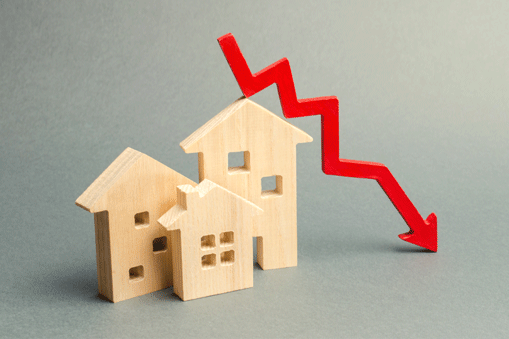
On Tuesday, the Federal Reserve announced its first emergency rate cut since the financial crisis due to mounting concerns over the economic impact from a potential coronavirus outbreak in the U.S.
The Fed’s rate cut was unscheduled. It also marks the largest one-time cut—half a percentage point—since 2008.
The Federal Reserve’s funds rate—what banks charge one another for short-term borrowing—isn’t directly tied to mortgage rates, but it can influence them. Long-term fixed mortgage rates are usually more tied to the yield on U.S. Treasury notes.
“The coronavirus has quickly upended globe economic expansion and introduced the significant uncertainty of a possible recession,” says Lawrence Yun, chief economist at the National Association of REALTORS®. “Today’s interest rate cut is therefore an appropriate response to changing events. The real estate sector will hold up very well because of the rate cut. Hesitant home buyers will be enticed to take advantage of low interest rates. Commercial property prices will rise due to higher returns that can be had from the bond market after adjusting for risks.”
Mortgage rates have already fallen since the beginning of this year and are now hovering at the lowest averages since 2016. Freddie Mac reported last Thursday that the 30-year fixed-rate mortgage averaged 3.45%, down from 4.35% a year earlier.
Continued downward movement in the 10-year Treasury market could press mortgage rates lower, Rick Sharga, president and CEO of CJ Patrick Company, a financial services consulting firm, told MarketWatch. “I wouldn’t be surprised to see 30-year loans with 3.0% rates before things settle back down,” Sharga says.
As for the Fed’s new benchmark interest rate, it’s now at a range between 1% and 1.25%.
“We saw the risk to the outlook to the economy and chose to act,” Fed Chairman Jerome Powell said at a press conference on Tuesday. He added that he expects the U.S. to fully recover after the coronavirus outbreak and fears subside. “I don’t think anybody knows how long it will be” until the potential economic fallout from the virus rebounds, Powell said. “I know the U.S. economy is strong and we’ll get to the other side of this and return to solid growth and a solid labor market as well,” he added.
Until then, Powell did leave the door open to further rate cuts, if necessary. “It’s possible you’ll see more individual action—more action moving forward,” he said.
Source: "What Fed’s Emergency Rate Cut May Do for Mortgage Rates"











Comments